7 New E-Readers From CES 2010
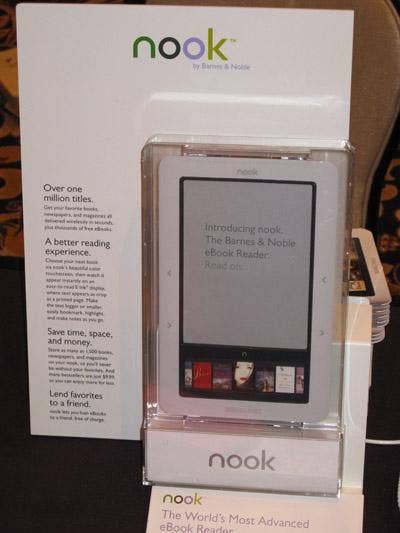
Barnes & Noble's long-awaited Nook was the most anticipated e-reader at CES this year, largely because it was seen as the chief competition for Amazon's Kindle. The Nook stands on its own, with Google's Android OS and not one but two displays: a 6-inch diagonal E ink electronic paper display (EPD), and a 3.5-inch color touch screen below it. In addition, the Nook has both 3G wireless and Wi-Fi connectivity, plus a memory expansion slot to complement the 2GB of internal memory. Users can sample free e-books from Barnes & Noble's online store and also loan out e-books to friends for up to two weeks. Price: $259.
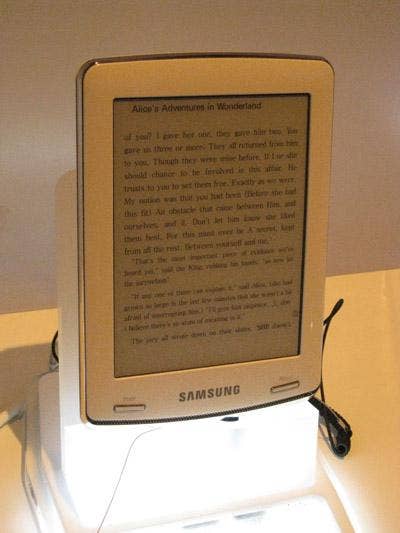
Samsung launched not one but two e-readers at CES this year: the 6-inch E6 and the 10-inch E101. Both models allow users to write directly onto the display with an EMR stylus pen, and they also come with a slide-down navigation control panel. Because the e-readers are not backlit, the power consumption is much lower than competing devices. Samsung says four hours of battery charging will give the device up to two weeks of power. Samsung's new e-readers are also come with Wi-Fi 802.11b/g and Bluetooth 2.0. Prices: $399 (E6) and $699 (E101).
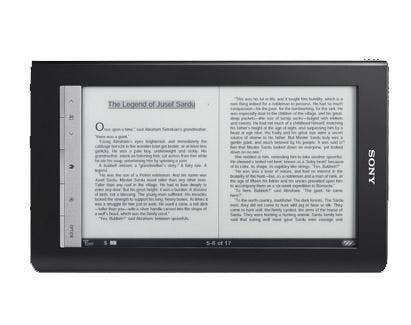
Not to be outdone by Samsung, Sony unveiled three different Reader models at CES. The largest model, dubbed the Sony Reader Daily, has a 7-inch touch screen and lightweight design, weighing 12.75 ounces and measuring just 0.6 inches thick. The device's 1.6GB of onboard memory can hold hundreds of books, and the low power consumption allows the battery to run with wireless turned on for up to a week. The smaller Sony Reader Touch has a 6-inch screen, while the Pocket has a 5-inch screen; both the Touch and Pocket editions come with 512MB of memory. While the Sony Readers come with 3G wireless broadband, there's no Wi-Fi. Prices: $399 (Daily), $299 (Touch), $199 (Pocket).
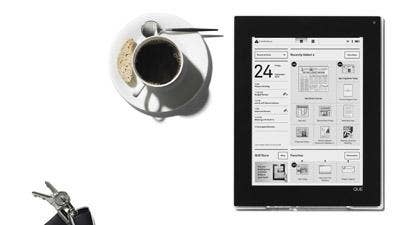
Plastic Logic is pitching its Que "proReader" as a different kind of device for business professionals. The Que comes in two styles " an 8GB version with 3G wireless, and a 4GB version without 3G. The device has an 8.5 x 11 inch shatterproof touch screen display for travel durability. Along with the standard e-reader capabilities, the Que is designed to let users work on a variety of productivity applications, whether it's Excel spreadsheets and PowerPoint presentations or PDF files. The Que also lets users quickly transfer files from the device to a BlackBerry smartphone or PC. Prices: $649 (4GB), $799 (8GB).
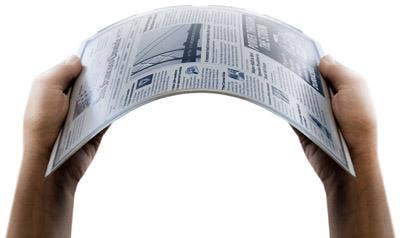
Of all the e-readers on display in Las Vegas, the Skiff might have been the most visually compelling device of them all, and not because it's the biggest. It's because the 11.5-inch e-reader can literally bend, thanks to a first-of-its-kind rugged yet flexible metal foil display. The shatter- and crack-proof touch screen has a 1600 x 1200 resolution and supports both finger and stylus use. The Skiff also features 4GB of memory and supports both Wi-Fi and 3G wireless. The new e-reader was created by startup Skiff, LLC, which is back by Hearst Corp. and Sprint. Price: TBA.
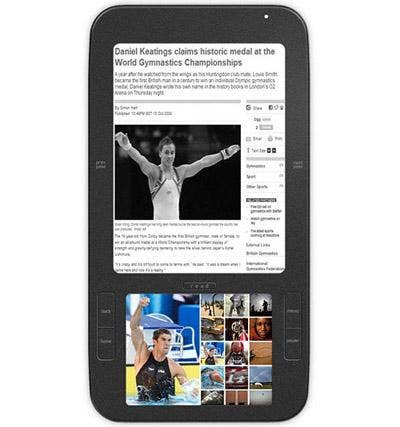
Spring Design's new e-reader has an odd name -- the Alex -- and a likeness to Barnes & Noble's Nook. That's because Spring Design was in discussions with the book store chain about teaming up for an e-reader device. Like the Nook, the device comes with two screens -- a 3.5-inch color LCD for browsing the Web, and a 6-inch EPD above it. Spring Design's Duet Navigator technology lets you use both screens at the same time. A virtual keyboard allows users to access e-mail, listen to music and also use a number of applications based on Google's Android OS. Price: $359.
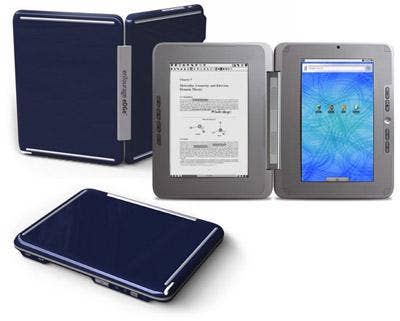
Entourage Systems eDGe might offer a glimpse of where e-reader technology is going. Instead of being "just" an e-reader with limited functions, the eDGe is a "dualbook" that literally opens up like your favorite hardcover bestseller. One side of the eDGe is an e-reader screen with 1200 x 825 pixels measuring 9.7 inches. The other side? A netbook with a 20.1-inch, 1024 x 660 pixel touch screen. Price: $490.